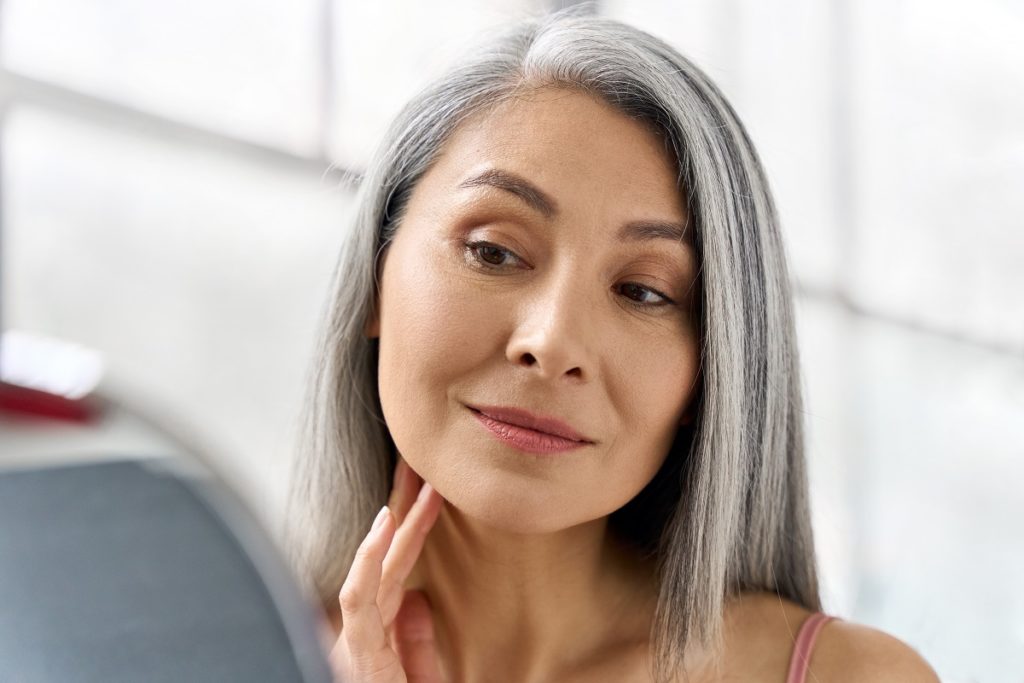
Q: If you’ve had skin cancer, are you at higher risk of a future skin cancer?
Very much so. People who’ve had a melanoma are about nine times more likely to develop another one than people who’ve never had one. There’s also a chance that the original melanoma could come back.
In addition, people who’ve had any type of skin cancer — whether it’s melanoma, basal cell carcinoma (BCC), squamous cell carcinoma (SCC) or another type — have a 60 percent chance of developing a second skin cancer of any type within 10 years.
All of these risks underscore how important it is to follow through with your treatment and monitoring, and to do all you can to protect your skin.
Q: Why bother now — isn’t the damage already done?
Not all of it. Every time you expose your skin to ultraviolet light, it can cause new damage and new mutations that lead to new skin cancers. Anything you can do to reduce your risk now — like wearing sunscreen on your face and exposed skin every day, and reserving outdoor activities for early in the day, when the UV index is low — will help down the road.
Q: If you don’t like sunscreen, is there an alternative?
Yes! Don’t like oily sunscreens? Now there are foams, gels, and even powders to protect your scalp. Tired of sunscreen running into your eyes? Try improved sports formulas and wax sticks. Sensitive to sunscreen? Wear UPF-rated clothes and hats.
Q: How often should you get your skin checked?
After melanoma, most recurrences happen within two years, so a dermatologist should see you every three months for the first year and every six months the second year. After that, and for all other skin cancers and pre-cancers, make annual dermatology checkups a habit for life.
Self-checks are equally important, empowering you to detect suspicious changes yourself, as early as possible. Check yourself over once a month. If you have moles in hard-to-see places, have someone take photos of them so you can compare them over time.
Q: Are there products or therapies that lower risk?
The supplements Nicotinamide and Heliocare showed protective effects against non-melanoma cancers in small studies. Photodynamic therapy also can treat pre-cancerous areas before they surface. Learn more at skincancer.org/blog/more-than-one.
Q: Do we really need to worry about it here in the Northwest?
We Portlanders tend to have a false sense of security when it comes to sun exposure. But in reality, Oregon has the sixth highest melanoma rate in the country. For true security, take your skin protection and monitoring seriously. Doing that will reduce your risk of future cancers and empower you to catch any that do arise early, when they’re easiest to treat.


